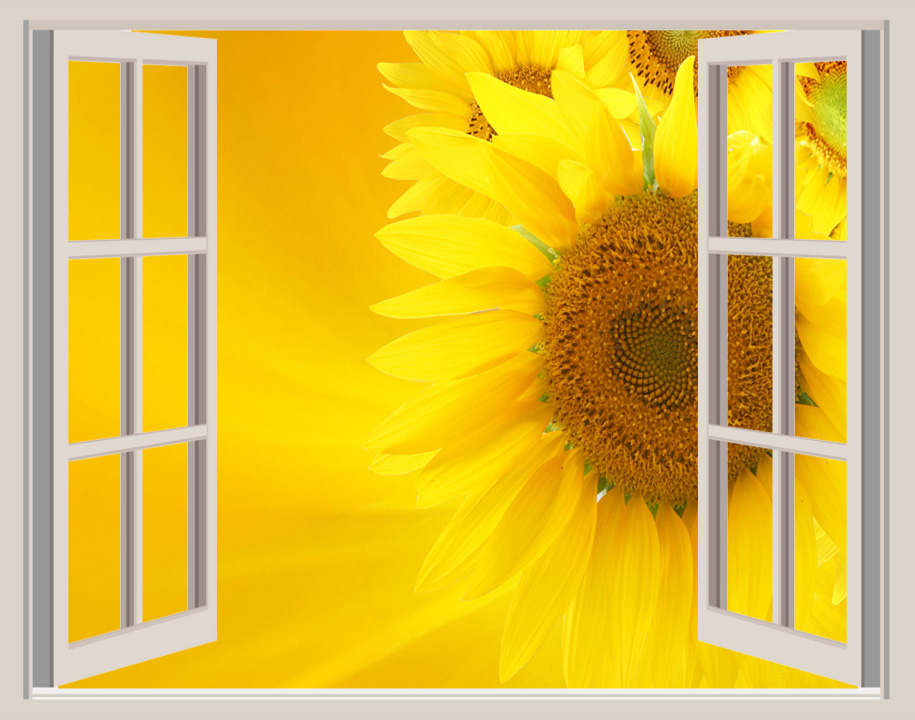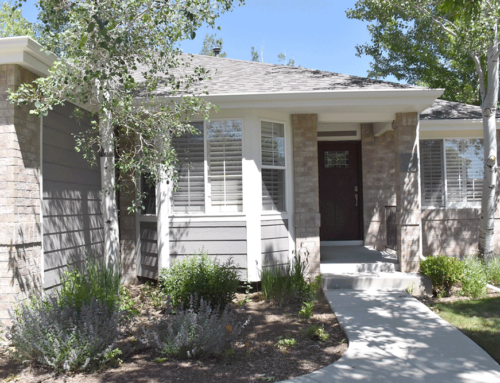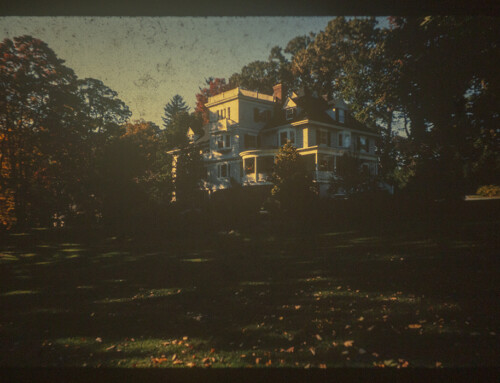On August 4, 2016, The New York Times published an article, “How Sunflowers Follow the Sun, Day after Day” and it inspired me.
At dawn, whole fields of sunflowers stand at attention, all facing east, and begin their romance with the rising sun. As that special star appears to move across the sky, young flowers follow its light, looking up, then over and westward, catching one final glance as the sun disappears over the horizon.
At night, in its absence, the sunflowers face east again, anticipating the sun’s return.
They do this until they get old, when they stop moving. Then, always facing east, the old flowers await visits from insects that will spread their pollen and make new sunflowers. Those flowers too, will follow the sun.
The rhythms of our planet are set to the frequency and angle of solar radiation – summer growth, winter rest.
Drawn to the dawn, the sunflower bends toward the eastern horizon to take full advantage as the sun fuels its growth. Photosynthesis, the giant machine of our biosphere, is true solar technology.
Similarly, human beings are like sunflowers – our rhythmic cycle tick-tocking day and night. Our natural diurnal patterns follow the sun’s journey across the sky – setting the hormonal shifts that are so important to health and happiness.
The solar tracking of sunflowers expresses an essential component of human life.
We get our nutrition from things that grow and thrive on the earth. The stimulation of our optic nerve sends pulsations of light frequency into the inner reaches of our brains. The saturation of the sun-on-skin pulsates within our blood.
Application: Living in Balance
For time immemorial, the first acts of daily life have been focused around the hearth.
In my practice, I put kitchens on the east wall of the house. At dawn, the rays of sunlight pass through the window above the sink, signaling action and growth. We jumpstart our metabolisms with fresh coffee and breakfast; the school lunch is prepared, a kiss goodbye.
Windows are our eyes on the world.
When properly placed and sized, windows show the passage of time through the hours. If you live in a rural environment, you’ll see trees and ponds, meadows. In urban and dense suburban zones, you’ll see sky and birds and the flow of life in the streets.
The angle of the sun arcs throughout the seasons. In winter, when the sun’s angle is lower, we hunger for warmth and light; south-facing windows aid in beating the winter blues.
Imagery feeds the soul’s desire
The view from the window reminds us that we live in a union of space and time. We are connected to the great clockworks of the universe, fueled by the sun and the moon, water, and light.
Therefore, design with this in mind. It is just good architecture.







